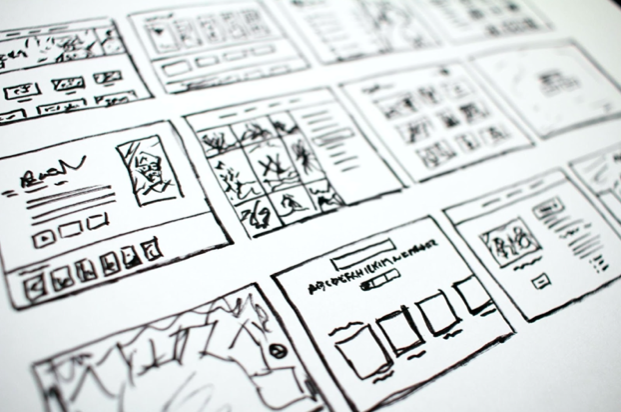10 Reasons Why Your Infographics Aren't Working
A lot of people think that infographics are just for data visualizations, and there's no way to use them for anything else. But if you're willing to put in a little time and effort into your infographic design, then you can use it as an effective tool for marketing your business. After all, what better way is there to capture the attention of potential clients than with images? In this article we'll go over ten reasons why infographics aren't working for your business and how you can fix those problems today.

1. You're Using the Wrong Content.
The most important thing to remember when designing an infographic is that, whatever you do, it needs to be engaging and appealing to the audience. There's no point in spending hours on artistic touches if your design doesn't speak to people — or worse, offends them. When you're brainstorming, think about what audience you're trying to reach and what they might find interesting. Make a list of things that matter to them — whether it's a particular topic or industry, or even just their age group and use those as your main focus.
2. It Needs More Explanation.
As humans we have the ability to visualize things in our head. This is why we have a hard time understanding abstract concepts or ideas that aren't presented to us using visuals — so if you want your infographic to be understood, it needs to be visualized.
When designing an infographic, there's always going to be some information that doesn't fit on the page. To avoid this, be sure to add additional text explaining each section of your infographic.
The best way to do this is with a caption, but if that's not enough you can try adding small paragraphs of explanation at the end or even on another page linked in the footer. Whatever you do, make sure there's a way for people to catch every detail of your infographic.
3. It's Not Consistent.
Sometimes even the smallest details can make a huge difference. When designing an infographic, it's important that every section is consistent in both style and quality. This means that each section needs to feature the same color palette, font, and overall design style.
It can be tempting to just throw some text on your infographic without first thinking about the design, but the truth is that you're really skipping steps by doing this. Designing an infographic isn't just about coming up with a good idea — it's also about making sure every little detail of the page matches the theme you've chosen.
4. You Haven't Thought About The Medium.
When designing an infographic, there are several different ways that you can share it with people. Whichever way you choose to do so will affect how your audience interprets your infographic and how they actually see your business! There's no point in creating a great infographic if nobody sees it, so take some time to think about where you want your infographic to be published.
Here are a few examples of how an infographic could be used:
A blog post - This is a great way for other people who share your audience to find and spread your infographic around the web.
Email Marketing - A great way to get your infographic in the hands of people! This is a terrific opportunity for you and it doesn't take too much effort. Just make sure that when you send it out you don't spam everyone.
In an e-book - If you have a free piece of content that can be downloaded from your site, including an infographic there can help boost your audience's engagement.
On your site - Another great way to get people interested in the information you have on offer for them is to put it on your own site. This means that they'll be more likely to go back and check out some of the other content you have there too!
5. It's Not Professional.
The internet is a crowded space, and if you want to be seen as a reputable source of information, your infographic needs to have a very polished look. That means no spelling errors or typos. So before designing an infographic check your work for any grammar faux pas you might have made. Also remember to check your work again before you put it out there to the public.
Special Tip: Use Venngage Infographics.
If you’re not sure where to start with your infographic, use Venngage — an online infographic maker that provides a wide range of cool infographic templates for everyone to use. To give you an idea, here are some of the best infographic examples from their collection.
 |
| Venngage |
 |
| Venngage |
 |
| Venngage |
 |
| Venngage |
 |
| Venngage |
Infographics are a great way to take complex data and turn it into an easy-to-read, engaging experience. They’ve been proven useful for marketers to increase traffic and conversions on their website because they offer time savings in terms of research and comprehension. If you’re lost and don’t have any idea on how to begin designing your infographic, don’t forget to visit Venngage —your one-stop infographic shop.
